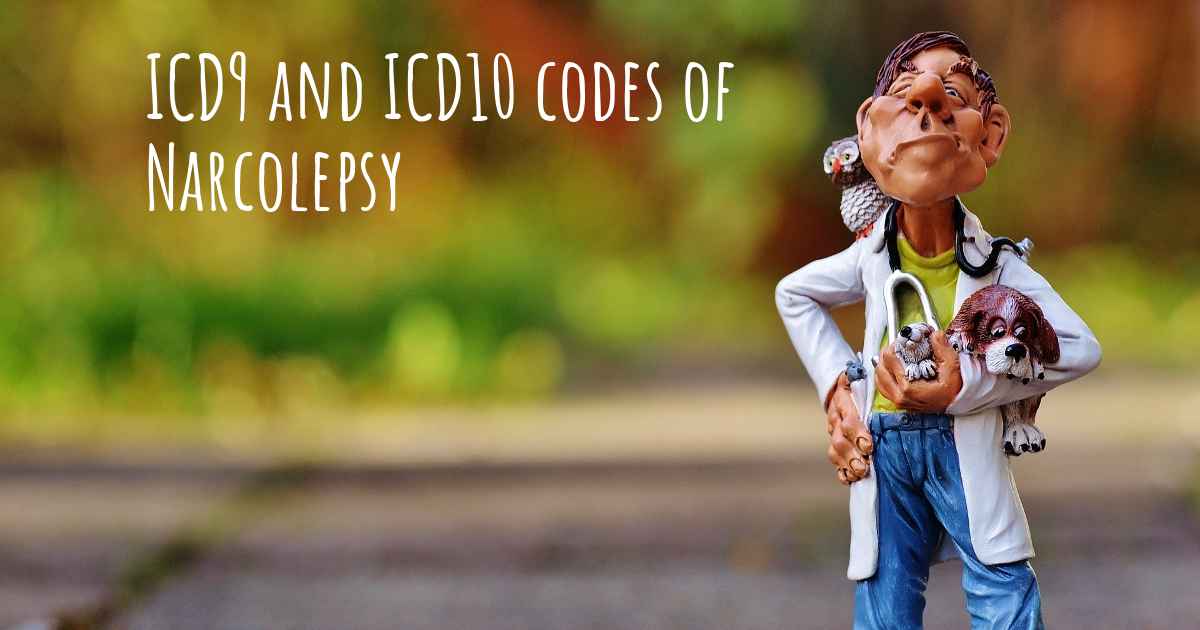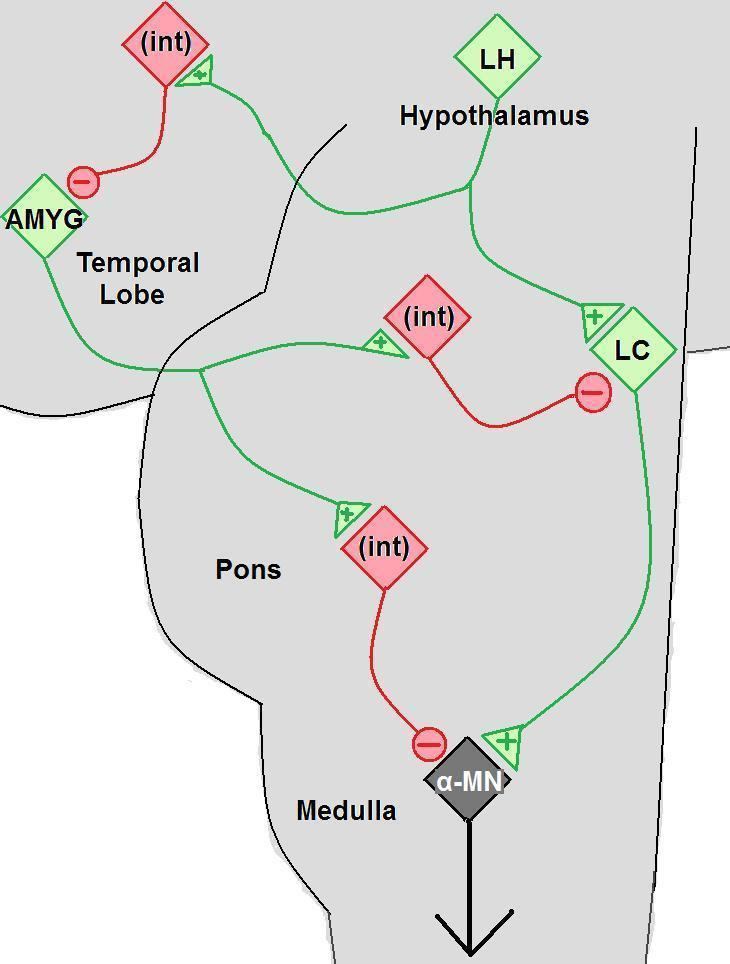
- #Icd 10 code for narcolepsy without cataplexy full
- #Icd 10 code for narcolepsy without cataplexy trial
#Icd 10 code for narcolepsy without cataplexy trial
The procedure protocol is similar to that of the MSLT, with the exception that an individual is given four nap trials, each trial consisting of a forty minute session in which the an individual attempts to fall asleep. Maintenance of Wakefulness Test (MWT) is a facility based study that is used to measure the ability to stay awake and alert. Parameters necessary for sleep staging (including 1 to 4 channels of EEG, EOG, and chin EMG) are recorded. The MSLT is the better test for demonstration of sleep-onset rapid eye movement (REM) periods, a determination that is important in establishing the diagnosis of narcolepsy. The patient may be instructed to lie down in a dark room, with permission or a suggestion given to sleep (MSLT) or to sit up in a dimly lit room and try to stay awake (maintenance of wakefulness test). The test is typically performed on the night following a polysomnography (PSG where at least six hours of sleep were achieved) in order to rule out other sleep disorders as a cause of excessive daytime sleepiness. Onset of sleep and rapid eye movement, along with heartbeat and chin movements are recorded. During a routine MSLT, an individual is given five nap trials that are separated by two hour intervals: each trial consists of a twenty-minute session in which the individual attempts to fall asleep. The multiple sleep latency test (MSLT) involves multiple trials during a day to objectively assess sleep tendency by measuring the number of minutes it takes the patient to fall asleep. The results of the study are primarily used to confirm the suspected diagnosis of narcolepsy. Multiple Sleep Latency Test (MSLT) is a facility based study that is used to measure levels of daytime sleepiness. See also CPB 0004 - Obstructive Sleep Apnea in Adults.
#Icd 10 code for narcolepsy without cataplexy full
The patient is suspected to have narcolepsy but earlier MSLT or MWT evaluation did not provide polygraphic confirmation.Īetna considers single nap studies experimental and investigational because a full MSLT or MWT is required for accurate diagnosis of narcolepsy.Īetna considers home MSLT experimental and investigational because home MSLT has not been proven to be equivalent to formal MSLT performed in a sleep laboratory.The initial test is affected by extraneous circumstances or when study conditions were not present during initial testing or.The initial test was invalid or uninterpretable or.For evaluation of persons with suspected idiopathic hypersomnia to help differentiate idiopathic hypersomnia from narcolepsy.Īetna considers MSLT and MWT experimental and investigational for all other indications because its effectiveness for indications other than the ones listed above have not been established, including (not an all-inclusive list): attention-deficit/hyperactivity disorder, chronic fatigue syndrome, circadian rhythm disorders, psychiatric hypersomnolence, restless leg syndrome, insomnia, neurologic disorders other than narcolepsy (e.g., dementia (including Alzheimer's disease and dementia with Lewy bodies) and Parkinson's disease), obstructive sleep apnea syndrome, evaluation of the effectiveness of modafinil therapy in narcolepsy, and evaluation of common, uncomplicated or noninjurious parasomnias, such as typical disorders of arousal, bruxism, enuresis, nightmares or sleep talking.Īetna considers repeat MSLT and MWT tests not medically necessary, unless:.(I did abbreviate a few of the names for sanity.) Remember, the CMS list is authoritative, mine is only for your convenience.For evaluation of symptoms of narcolepsy, to confirm the diagnosis or Click the comorbidity and see the ICD-10 codes that are most likely to occur. Some didn’t occur at all.īased on that, I have made you an extreme cheat sheet, that you should use with extreme caution. Hopefully I don’t lose my blogging privileges, but… I looked at a year’s worth of Part A admissions to every SNF in the country and found, gasp, not all codes occur that often. You should understand those things too, reader.) Yes, I’m aware that if you don’t look at every. Yes, I am aware that ICD-10 codes do change occasionally. They can’t all be equally likely, right? (At this point, I can feel the cold stares from our MDS Experts.

What if we could limit those codes down to just those ICD-10 codes that are likely to occur. Luckily, code diving is a lot of fun, right?

Admittedly, that’s a lot to look through. In it, you’ll find the 1,612 codes that map to the different comorbidities. MDS 3.0 Section I – That’s a lot of white space.Ī good first resource is the PDPM NTA Comorbidity Mapping spreadsheet.


 0 kommentar(er)
0 kommentar(er)
